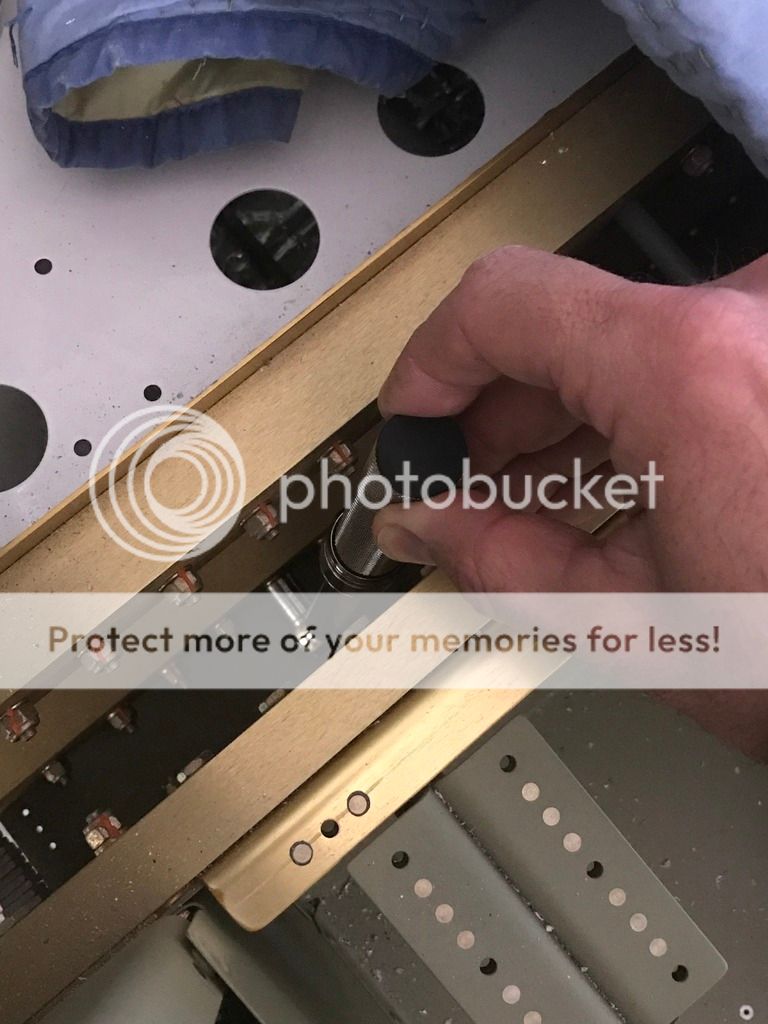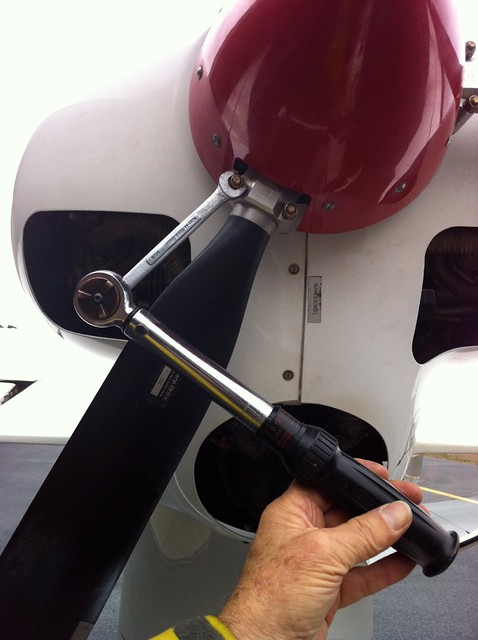Freightdawg
Well Known Member
I've been using a bicycle beam-type torque wrench, but it's quite impossible to get it between the center section bulkheads to torque the nuts for the landing gear mounts. (page 29-21)
My pal Google led me to this page http://www.myrv10.com/tips/generaltips.html with a great tip on making a torque wrench extension, though the link for the math is dead. (Another request of my pal, and I had my mathematical solution.)
But my "extension" is too short to get to the lower bolts. Heck, I can't even figure how to get a wrench on them, much less torque them.
Thanks for your suggestions.
Jeff
My pal Google led me to this page http://www.myrv10.com/tips/generaltips.html with a great tip on making a torque wrench extension, though the link for the math is dead. (Another request of my pal, and I had my mathematical solution.)
But my "extension" is too short to get to the lower bolts. Heck, I can't even figure how to get a wrench on them, much less torque them.
Thanks for your suggestions.
Jeff







